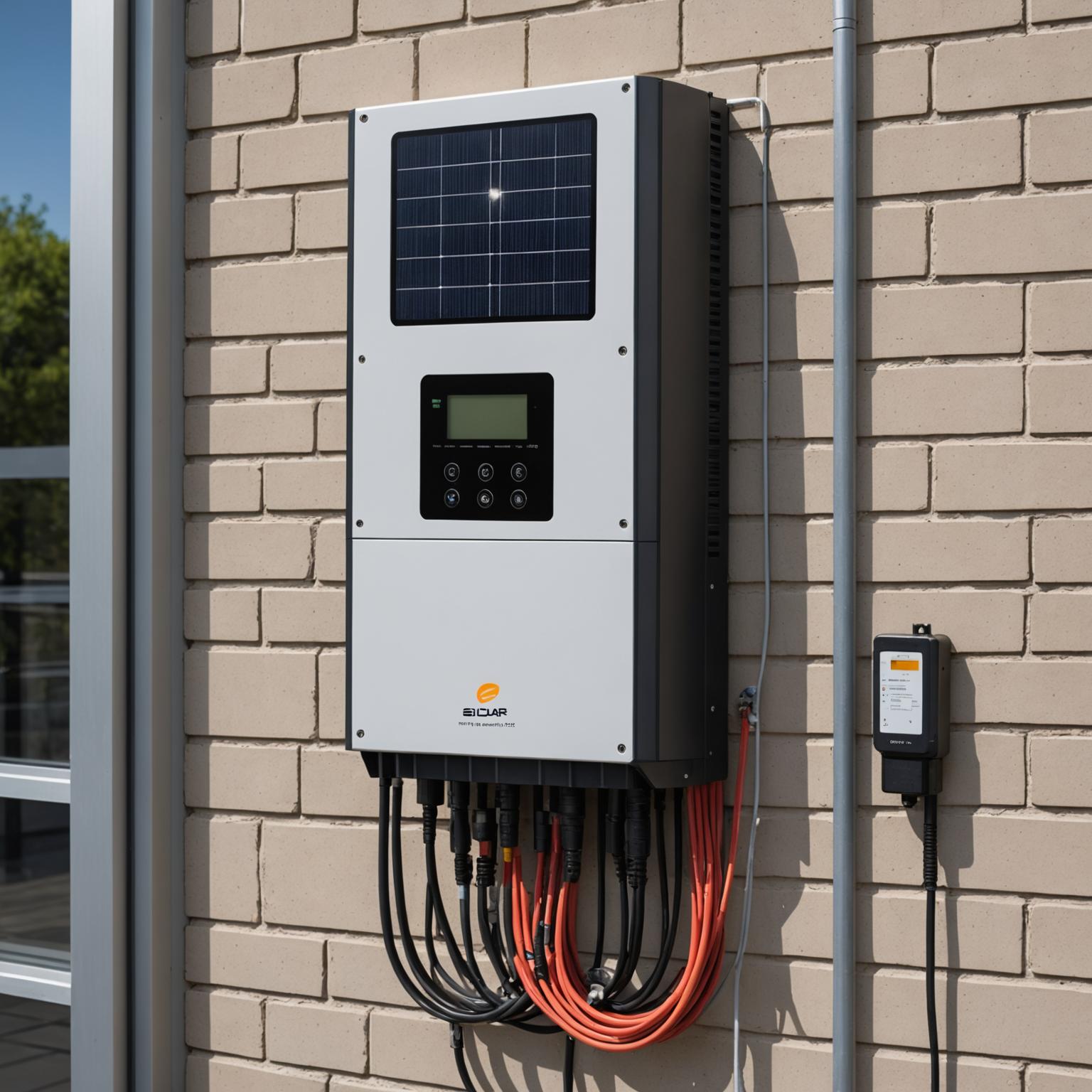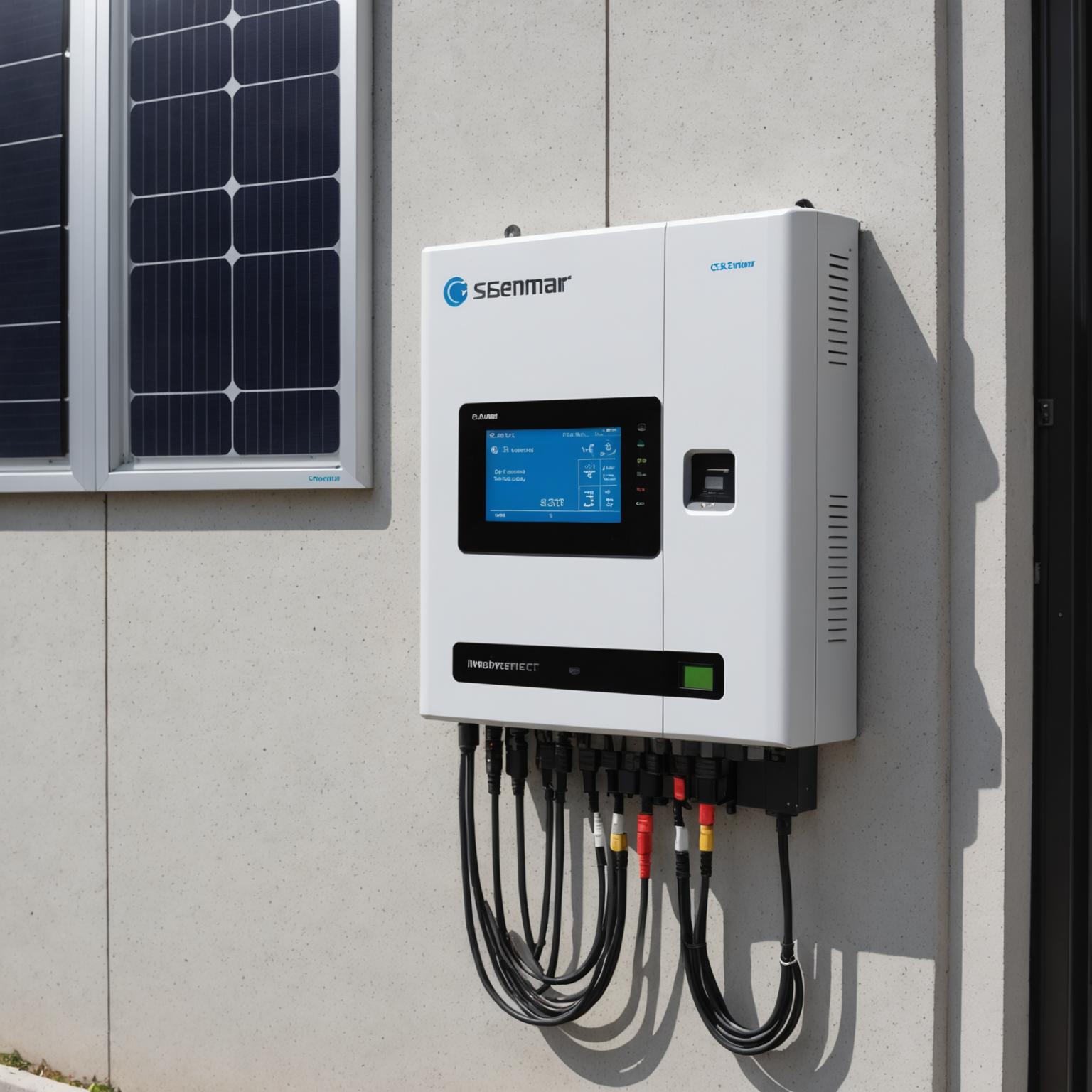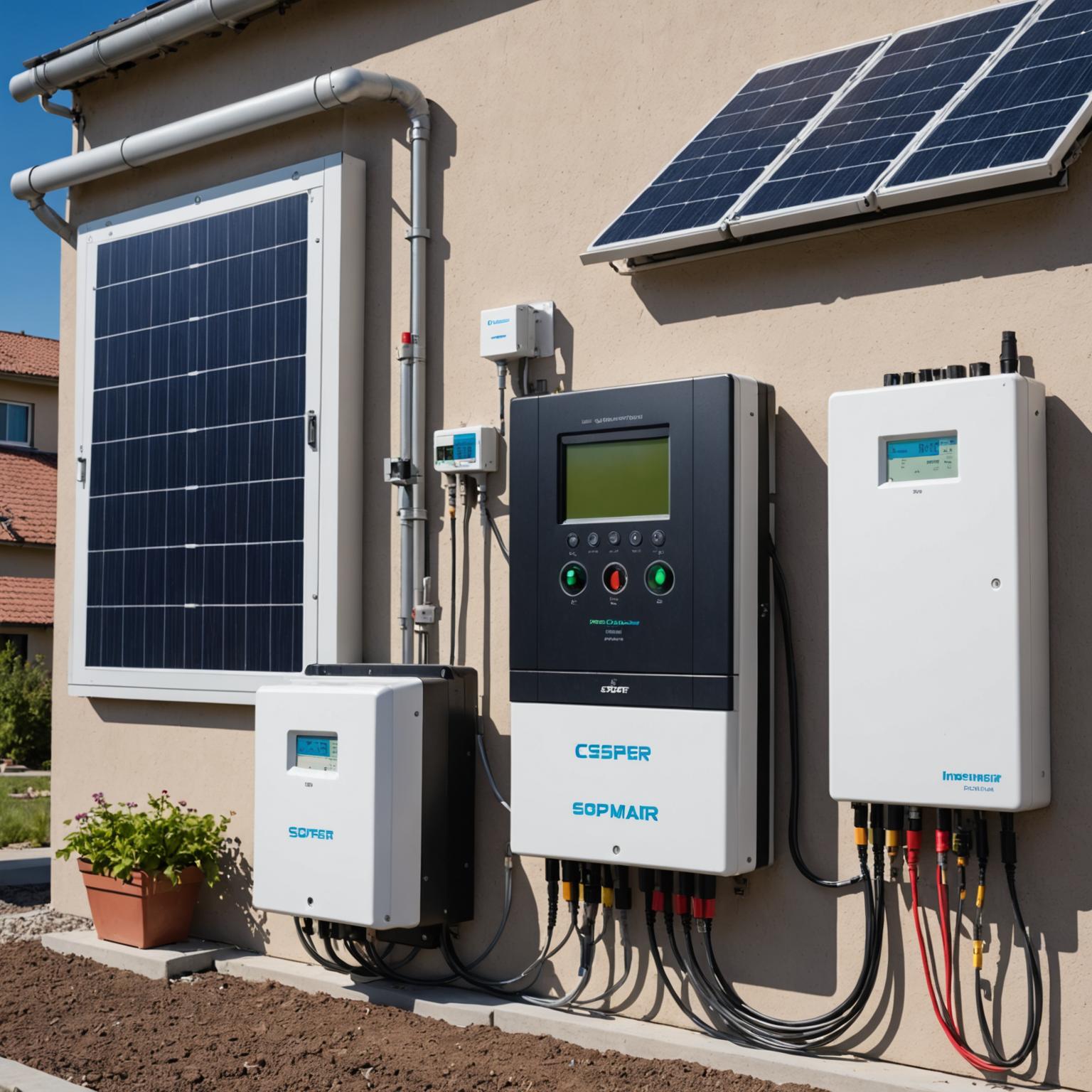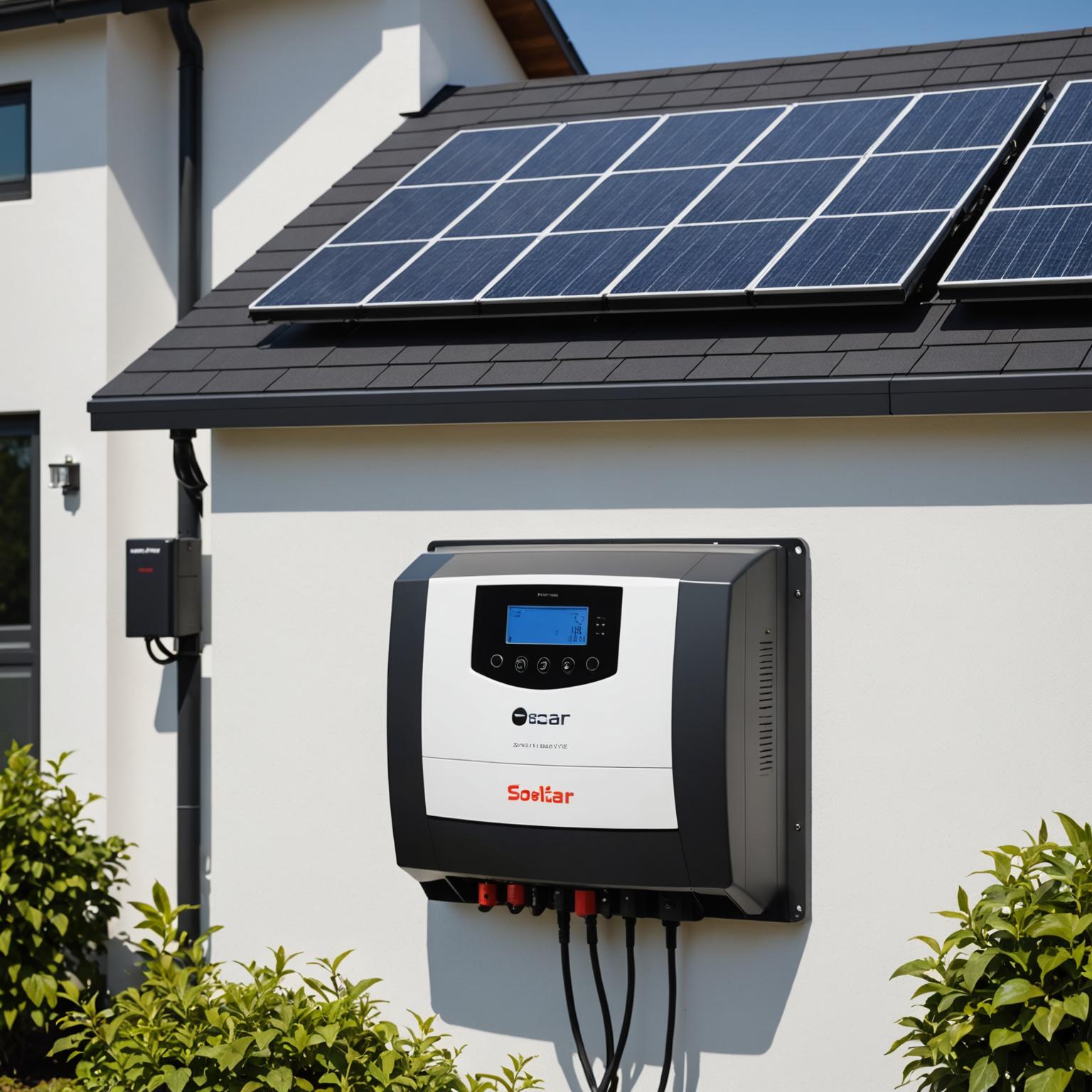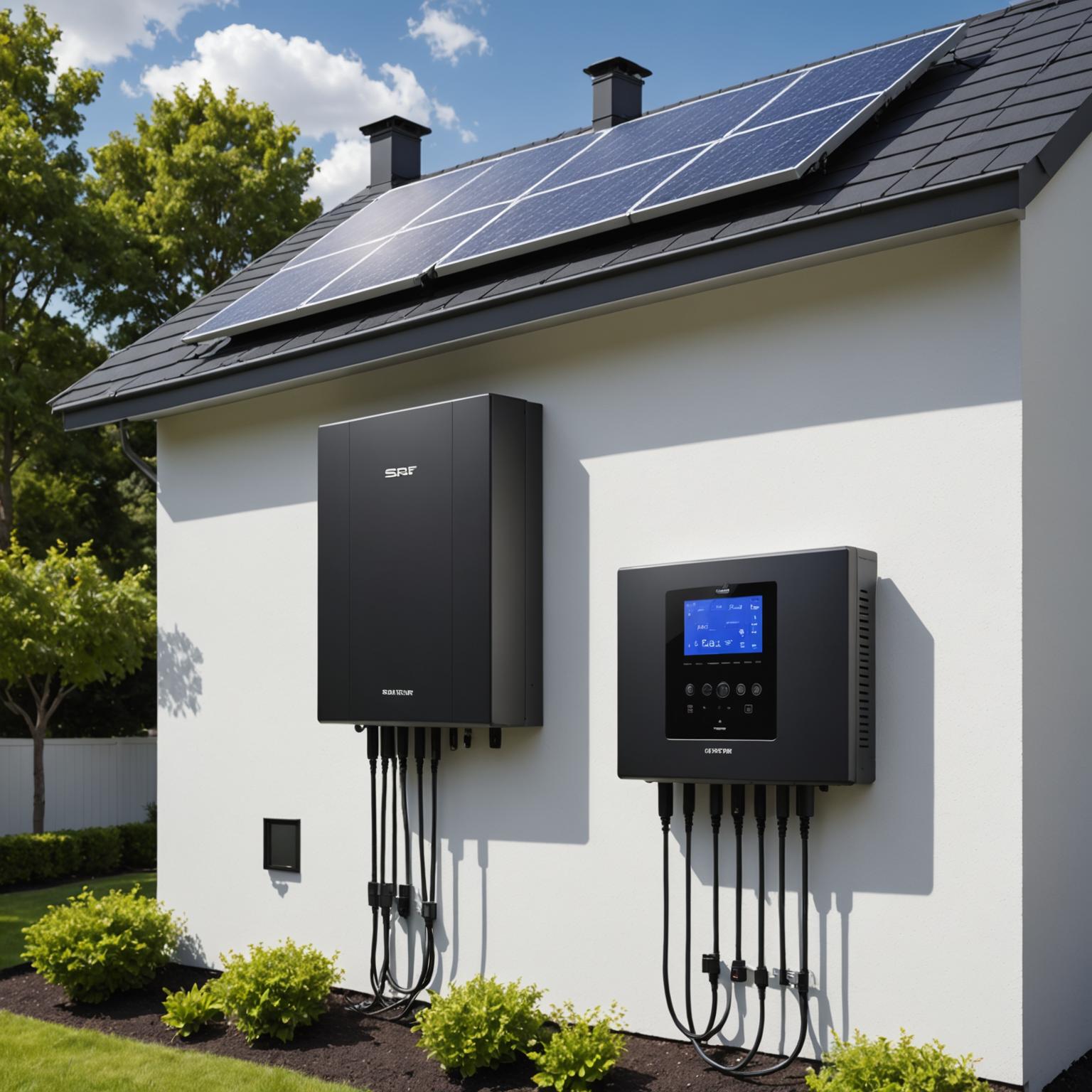
Global Standards, Local Solutions: How Inverters Converters Exporters Drive Renewable Integration
In the transition toward renewable power, one of the least visible yet most critical players is the inverters converters exporter. These companies form the link between technology innovation and real-world deployment — ensuring that solar and hybrid systems operate seamlessly under different grid conditions, climates, and regulatory frameworks.
Energy conversion may seem straightforward on paper, but global deployment introduces a series of complex variables: voltage differences, certification standards, environmental challenges, and logistical considerations. A qualified exporter manages all of these variables through engineering precision and regulatory insight.
Technical Foundations: The Role of Inverters and Converters
While the terms “inverter” and “converter” are often used interchangeably, their operational goals differ.
-
Inverters convert DC from solar panels or batteries into AC power suitable for grid use.
-
Converters regulate voltage and current levels, balancing energy flow between systems or storage units.
An exporter handling both products must understand how these devices integrate into on-grid, off-grid, and hybrid energy systems — ensuring electrical stability, compatibility, and long-term efficiency.
The global market increasingly demands integrated inverter-converter systems that support multi-source input (PV + battery + grid), enabling smarter power distribution and resilience.
Bridging Standards Across Borders
Energy infrastructure varies dramatically by region. Exporters serving multiple continents must navigate:
| Region | Voltage & Frequency | Certification | Climatic Challenge |
|---|---|---|---|
| Europe | 230V / 50Hz | CE, EN, RoHS | Cold and humidity |
| North America | 120/240V / 60Hz | UL, CSA | Voltage fluctuation |
| Asia-Pacific | 220–240V / 50Hz | IEC, BIS | High heat and humidity |
| Middle East & Africa | 230V / 50Hz | SASO, IEC | Dust, temperature spikes |
A professional inverters converters exporter builds manufacturing and testing systems to handle these regional distinctions from the start — using modular firmware, flexible cooling designs, and universal mounting systems.
This adaptability minimizes customization costs and accelerates deployment in markets with diverse technical standards.
Engineering for Export: What Sets Reliable Manufacturers Apart
The credibility of an exporter depends on engineering discipline, not marketing claims.
Leading exporters integrate the following production and validation processes:
-
Multi-environment Stress Testing – verifying operation under 5–95% humidity and -25°C to 60°C temperature ranges.
-
Firmware Calibration – ensuring grid-synchronization and MPPT (maximum power point tracking) optimization.
-
Electromagnetic Compatibility (EMC) – minimizing interference across power electronics.
-
Long-duration Aging Tests – running devices continuously for 72 hours at rated load.
These measures ensure that every unit exported is both technically compliant and field-ready.
Value of Export-Ready Manufacturing
The ability to export at scale relies on systematic infrastructure:
-
Certifications aligned with destination markets (CE, UL, IEC, SASO).
-
OEM/ODM support to meet regional branding or firmware specifications.
-
Supply chain integration for timely shipment and minimal product variance.
-
After-sales systems with multilingual technical documentation and remote support.
This level of export-readiness is not built overnight. It reflects years of coordination between R&D teams, manufacturing lines, and compliance specialists who understand the intricacies of cross-border power integration.
Application Spectrum: From Rural Grids to Industrial Microgrids
Exported inverter and converter systems serve a wide range of installations:
-
Residential rooftops with limited grid stability.
-
Commercial solar plants needing parallel inverter synchronization.
-
Industrial parks managing mixed AC/DC power environments.
-
Microgrid and hybrid systems balancing battery storage with diesel backup.
Each case demands not just product supply, but engineering adaptability — tuning each unit’s software and protection systems to fit the target energy environment.
How to Choose the Right Inverter and Converter Exporter for Your Project
When evaluating an inverters converters exporter, the right choice depends on your project scale, energy mix, and compliance target. Below are practical recommendations tailored to common buyer profiles in the renewable energy sector:
1. For Distributors Seeking Reliable Inventory Turnover
-
Focus on: Certification coverage and shipment consistency.
-
Check for: CE/IEC/UL certificates, batch traceability, and product uniformity.
-
Reasoning: Distributors often deal with regional variations in grid voltage and connection standards. A well-documented exporter minimizes product mismatch and warranty risk.
2. For EPC Contractors Handling Hybrid or Off-Grid Projects
-
Focus on: Firmware flexibility and multi-source integration (PV + battery + grid).
-
Check for: MPPT range, hybrid controller compatibility, and firmware update policy.
-
Reasoning: A reliable exporter should support configuration tools and remote parameter adjustment to fit diverse system designs.
3. For Industrial System Integrators
-
Focus on: Custom cooling systems, communication protocols (Modbus, CAN), and harmonic control.
-
Check for: Industrial-grade inverter-converter combos with EMC shielding and advanced diagnostics.
-
Reasoning: Integration often occurs in environments with electrical noise, variable loads, or strict uptime requirements.
4. For Utility-Scale Developers
-
Focus on: Long-term supply agreements, performance ratio data, and scalability.
-
Check for: Proven 1–5MW deployment experience, modular inverter cabinets, and field performance reports.
-
Reasoning: Reliability in large solar farms depends more on factory-level consistency than on catalog specs.
5. For Government or Institutional Buyers
-
Focus on: Compliance documentation, testing transparency, and lifecycle cost.
-
Check for: Third-party test reports (TÜV, SGS), full-load efficiency graphs, and five-year service roadmap.
-
Reasoning: Public procurement emphasizes transparency and long-term serviceability, not short-term discounts.
| Buyer Type | Key Focus | What to Request | Decision Tip |
|---|---|---|---|
| Distributor | Certification & uniformity | CE, UL, IEC docs | Verify random units from past shipments |
| EPC Contractor | Firmware flexibility | MPPT, hybrid compatibility | Ask for demo configuration logs |
| Integrator | Communication & durability | Modbus/CAN data sheets | Request thermal test reports |
| Utility Developer | Scalability | Deployment references | Inspect large project records |
| Institutional Buyer | Transparency & warranty | TÜV/SGS test reports | Review total cost of ownership |
In practice, a strong exporter can support multiple buyer categories by maintaining flexible product architecture — for example, offering shared inverter platforms with adaptable firmware or communication interfaces.
This approach shortens delivery cycles while maintaining quality consistency across regions.
Engineering Trust for Global Energy Markets
The success of modern renewable projects depends not just on technology, but on the reliability of those who build and export it.
An experienced inverters converters exporter provides more than hardware — it delivers predictable performance, tested consistency, and compliance that withstands the complexity of international energy networks.
To learn more about high-efficiency inverter and converter systems ready for export, visit Thlinksolar’s homepage or connect via the contact page.
